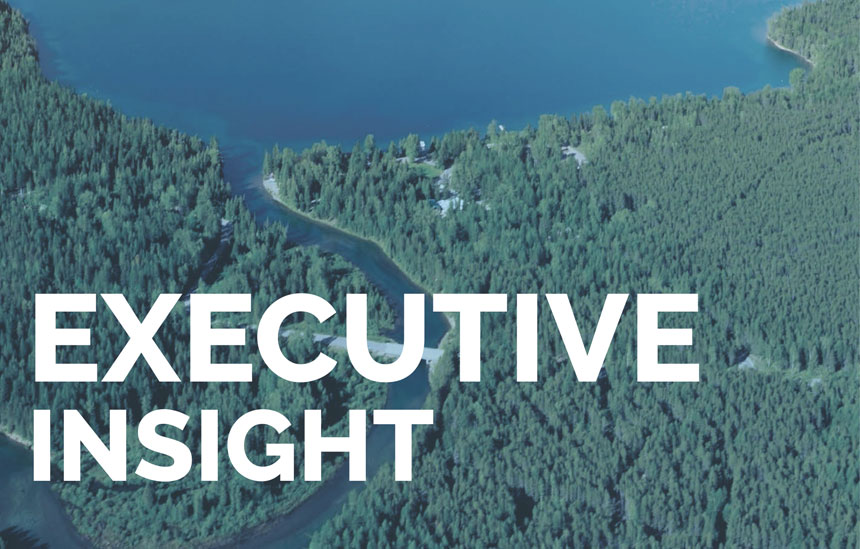Published on IDRA Global Connections Spring 2019 Issue
By Christian Holmes
Think about two different days in the distant future. Day One, enough water just to survive. Day Two, enough water for a sustainable existence. One on our present course, Day One is the future. On a different course, where we navigate massive hydrological change successfully, Day Two is the future.
We are indeed in the midst of massive hydrological change. How we understand and adapt to the magnitude, speed, and impact of this change will affect the lives of billions of people. This shift manifests in critical ways: declining water storage, changing rainfall patterns, diminishing water quality, growing water shocks, accelerating climate change, vanishing biodiversity, and ever-increasing human suffering.
- Water Storage. According to the Food and Agriculture Organization, groundwater provides drinking water to at least 50% of the global population and accounts for 43% of all of the water used for irrigation. Worldwide, 2.5 billion people depend solely on groundwater resources to satisfy their basic daily water needs. Satellite observations made by the Gravity Recovery and Climate Experiment (GRACE), a joint mission of NASA and the German Aerospace Center, led to understanding that 21 of the world’s 37 largest global aquifer systems have crossed over their sustainability tipping points. Countries have pumped ground water at far greater rates than can be naturally replenished from such critical aquifers such as the Arabian Aquifer System, the Indus Basin aquifer of northwestern India and Pakistan, and the Murzuq-Djado Basin in Northern Africa. This results not only in less drinking water but also in a reduction of water needed for irrigating crop lands above the aquifers.
- Rainfall Patterns. A study prepared by the National Oceanic and Atmospheric Agency’s Geophysical Fluid Dynamics Laboratory projects that precipitation will increase in the near-equatorial regions, which tend to be wet in the present climate, and will decrease in subtropical land areas—places that are already relatively dry—creating more extreme environments.
- Water Quality. The International Food Policy Research Institute projects that water quality will continue to deteriorate over the coming decades due to such factors as the release of major pollutants into the waterways, including heavy metals, nitrogen and phosphorous, organic chemicals, and oil. In addition, microbial pathogens in water and sewage systems are expected to remain prevalent, harming human health.
- Water Shocks. According to the UN, water related hazards account for 90% of all natural hazards, and their frequency and intensity is rising. These hazards include catastrophic floods, landslides, and seawater rise.
- Speed of Climate Change: The UN Intergovernmental Panel Climate Change reported in 2018 that if the increase in greenhouse gas emissions continues at the current rate, atmospheric warming by 2040 could cause coastal inundation and intensify droughts.
- Diminishing water supply and quality causes the loss of biodiversity and the degradation of a wide range of ecosystems. Ecosystems provide critical services to sustain life outside the ecosystem itself. Degraded watersheds, for example, can no 20 A longer provide sustainable supplies of water to downstream villages, towns and cities.
- Human Suffering: Looking ahead, more than 5 billion people could suffer water shortages by 2050 due to climate change, increased demand and polluted supplies, according to the United Nations.
So, what to do?
Countries can undertake a combination of traditional and advanced approaches to meet the water needs of some 10 billion people by 2050.
- Traditional, if not ancient, methods of water conservation include surface and ground water catchments, check dams, rainwater harvesting, spring protection, aquifer replenishment, and terraced agriculture.
- Advanced technical and strategic approaches include conservation and water efficiency; soil management; drought, saline and high temperature resistant crops; integrated water management; the application of smart water systems that utilize artificial intelligence and big data to strengthen water management; and improved irrigation, including large-scale drip irrigation.
- Technology can convert saline and waste water to meet at scale drinking, agricultural, industrial and domestic water requirements. Large-scale, affordable, solar-powered desalinization for both ocean and saline terrestrial waters is a game changer. With solar power in the Middle East now in the $0.02/ KWH range, solar powered desalination units, with nighttime access to the grid, are already becoming an alternate to hydrocarbon powered desalinization. Major cities are now treating wastewater to help sustain agriculture and industry.
- Coastal cities can replenish aquifers contaminated with salt water by injecting treated wastewater into the aquifers so as to reduce salinity and create a barrier against salt water intrusion.
- Such technical and strategic measures, supported by enabling policies, innovative finance, and governance, will not, though, be enough.
- Climate change could catastrophically alter the earth’s delicate water cycle and its precipitation patterns. Key watersheds and terrestrial precipitation sheds could lose their productivity. To adapt, countries may have to undertake enormously expensive and complex approaches to store and also transport water over great distances.
- Climate change and population growth could also irreversibly change critical elements of our water supply system, such as the permanent depletion of major aquifers. If so, resilience efforts will have to address the reality of reaching such points of no return and create new pathways to meet water needs.
All in all, I think we—a population of approximately 10 billion people in 2050—will meet our water needs so as to ensure survival. However, survival and sustainability are by no means the same. The ultimate challenge will be bridging the gap between water related survival and a sustainable existence.

